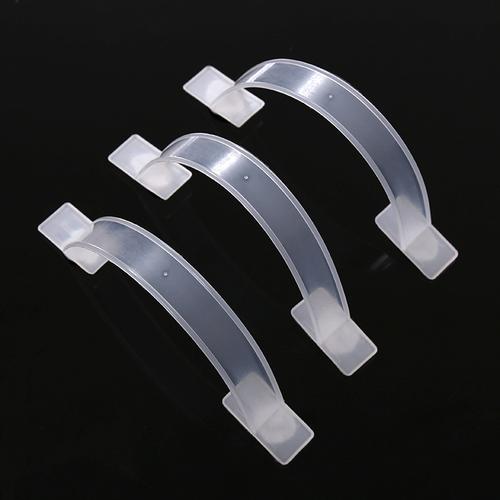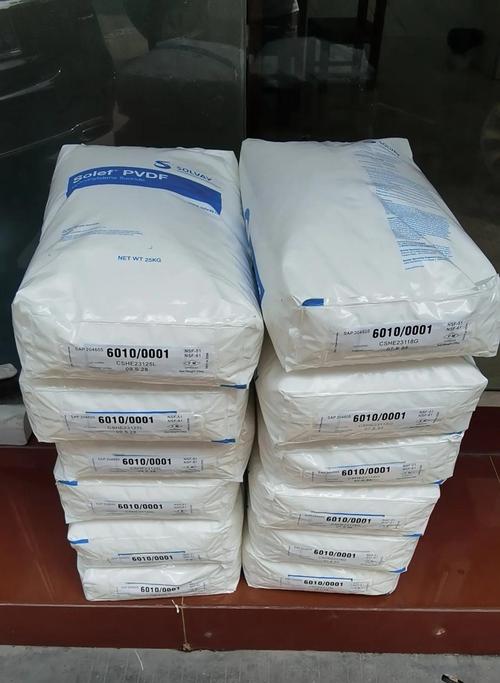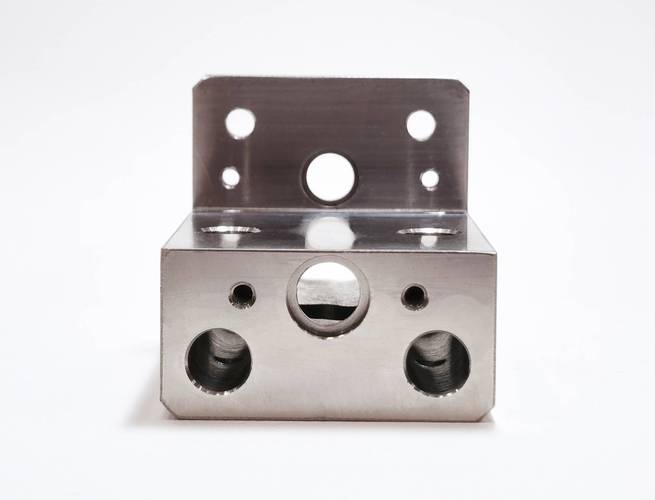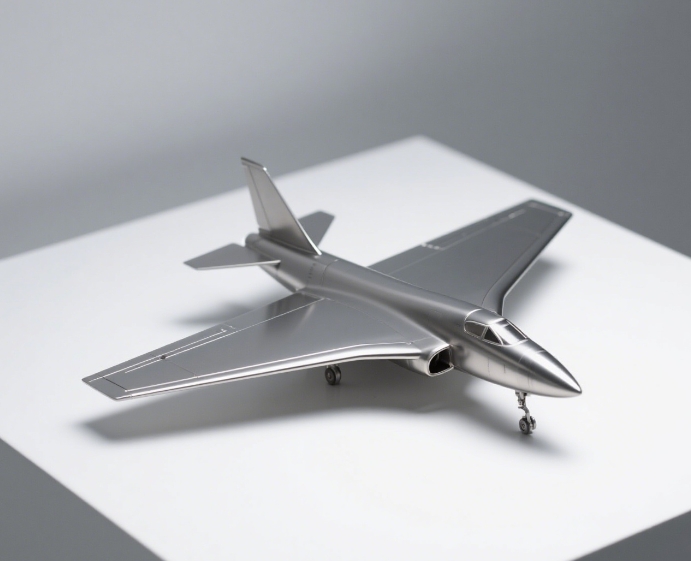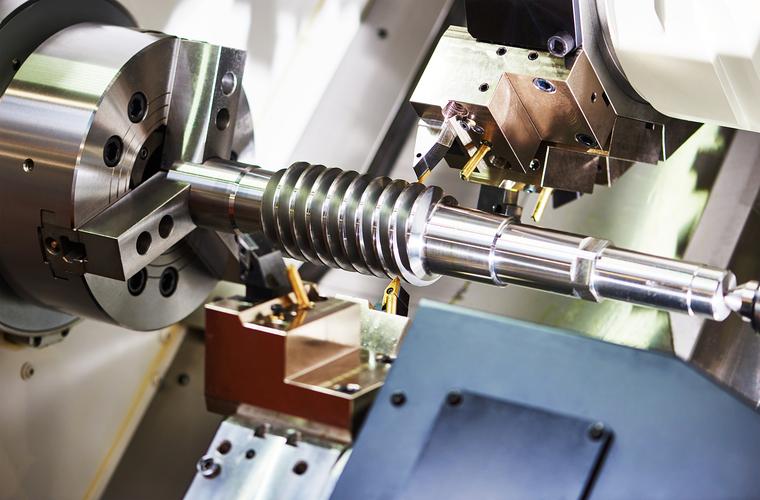Yellowing of plastic parts is a common aging or degradation phenomenon, primarily caused by damage to the polymer molecular structure or changes in chemical composition. This leads to increased absorption of blue light in visible light, resulting in a higher proportion of yellow components in reflected light. The core reasons can be categorized into three main types: insufficient stability of the material itself, improper operations during processing, and long-term erosion from the usage environment. This issue is particularly noticeable in light-colored, white, or transparent plastic parts.
1. Material-Related Factors
The chemical composition of plastics is fundamental in determining their susceptibility to yellowing:
- Unstable Polymer Molecular Structure: Some polymers (such as ABS, PVC, and PC) contain unsaturated bonds or oxidation-prone groups in their molecular chains. For example, the butadiene component in ABS (with unsaturated double bonds) is easily oxidized under heat or light, forming chromophores like carbonyl groups, which gradually yellow the surface. PVC, containing chlorine atoms, releases HCl gas under high temperatures or light, triggering a chain degradation reaction that causes yellowing.
- Additive Failure or Insufficiency: Additives in plastics, such as antioxidants and UV stabilizers, lose their protective effect if their content is insufficient, their type is mismatched, or they decompose during processing. For instance, polypropylene (PP) without sufficient antioxidants will undergo oxidative chain scission at high temperatures, producing yellow degradation products. Transparent PC products lacking UV stabilizers will yellow due to photo-oxidation after long-term exposure to sunlight.
- Impact of Recycled Materials: Recycled plastics (especially those reused multiple times) have partially degraded molecular chains due to prior processing and aging. They may also contain impurities (such as oil stains or residual color masterbatches), making them more prone to yellowing after processing. For example, white plastic parts made from recycled ABS typically yellow 3–6 months earlier than those made from new materials.
2. Improper Processing Techniques
Incorrect parameter control during molding directly causes surface yellowing of plastic parts:
- Excessively High Processing Temperature: When the processing temperature exceeds the polymer’s heat resistance limit, molecular chains undergo thermal degradation or oxidation. For example, the normal processing temperature for PC is 260–300°C; exceeding 320°C causes chain scission and yellow degradation products. For ABS, temperatures above 250°C intensify oxidation of the butadiene component, leading to “burnt yellow” surfaces.
- Prolonged Melt Residence Time: If plastic melt remains in the barrel for too long (e.g., when the injection molding machine is shut down without timely cleaning), it undergoes thermal oxidation due to continuous heating. For example, PVC left in the barrel for over 10 minutes may yellow due to local overheating, even at normal temperatures.
- Mold Contamination or Uneven Temperature: Oil residues or mold release agents (especially sulfur- or phosphorus-containing types) on the mold surface react with the melt to form yellow substances. Local overheating of the mold (e.g., blocked cooling channels) causes overheating degradation of the plastic in contact areas, resulting in yellow spots.
3. Long-Term Erosion from the Usage Environment
Environmental factors accelerate yellowing during the service life of plastic parts:
- UV Irradiation: Outdoor plastic parts (such as awnings and automotive exterior trim) exposed to sunlight for long periods have their polymer chains damaged by UV rays, triggering photo-oxidation. For example, HDPE barrels without UV stabilizers will obvious yellow after 6 months of outdoor exposure.
- Synergistic Effect of High Temperature and Oxygen: Automotive interior parts (e.g., instrument panels, door panels) reach 60–80°C inside vehicles under direct sunlight. Oxygen and high temperatures jointly accelerate polymer oxidation, yellowing light-colored plastic parts. Polyamide (PA) products in such environments may show significant yellowing within a year.
- Chemical Erosion: Contact with oils, acids, alkalis, or cleaning agents triggers chemical reactions. For example, PP films used in food packaging that come into contact with fried food oils have their oxidation accelerated by unsaturated fatty acids in the oil, causing the film to yellow. PVC appliance housings in long-term contact with chlorine-containing cleaners degrade and yellow faster.
- Humidity and Microorganisms: High humidity causes plastics to absorb moisture, accelerating hydrolysis (e.g., PC hydrolyzes easily in humid environments to form phenolic substances, leading to yellowing). Metabolites of certain microorganisms may also react with the plastic surface, forming yellow stains.
4. Typical Scenarios in Different Fields
The specific causes of plastic part yellowing vary by application:
- Automotive Industry: White instrument panels, bumpers, and other plastic parts (often ABS or PP) are prone to oxidation-induced yellowing due to long-term exposure to UV rays and engine compartment heat, especially in high-temperature southern regions.
- Electronics Industry: White phone casings (mostly PC/ABS alloys) with insufficient antioxidants develop “yellow rings” on the surface from hand oils and light during long-term use. Transparent charger housings (PC) may turn pale yellow due to UV aging.
- Food Packaging: Transparent PET bottles containing oily foods yellow as oil penetrates the surface and induces PET oxidation. PP food containers may develop yellow spots from chemical corrosion after contact with soy sauce, vinegar, or other condiments.
- Outdoor Products: Plastic furniture and awning frames (mostly HDPE or PVC) yellow overall after long-term sun and rain, with UV stabilizers 失效,often accompanied by surface chalking.
5. Prevention and Solutions
Targeted measures can be taken at the material, processing, and usage stages:
- Material Optimization: Choose weather-resistant polymers (e.g., ASA instead of ABS for outdoor parts); add sufficient antioxidants (e.g., hindered phenols) and UV stabilizers (e.g., benzotriazoles); use fluorescent brighteners for transparent parts to offset yellowing; limit recycled material content (ideally ≤20%) and avoid aged scrap.
- Processing Control: Strictly control temperatures (e.g., ≤240°C for ABS, ≤300°C for PC); shorten melt residence time in the barrel (typically <5 minutes); clean molds regularly, use sulfur-free release agents, and ensure unobstructed cooling channels to prevent local overheating.
- Usage Protection: Apply UV-resistant coatings (e.g., siloxane coatings) to outdoor plastic parts; use oil-resistant coatings (e.g., ceramic coatings) on electronic housings to block oils; select chemically resistant materials (e.g., PET instead of PP) for food-contact plastics.
- Post-Processing: Slightly yellowed parts can be wiped with hydrogen peroxide or specialized plastic cleaners to remove surface oxides. Severely yellowed components should be replaced to avoid functional issues (e.g., reduced light transmittance in transparent parts).
In summary, surface yellowing of plastic parts results from the combined effects of materials, processes, and the environment. Effective prevention requires full-chain management: “source material selection + process control + usage protection.”


